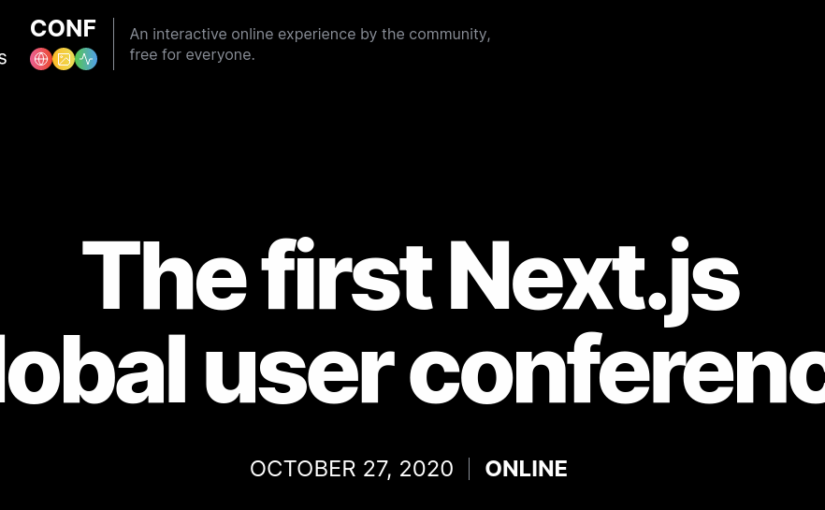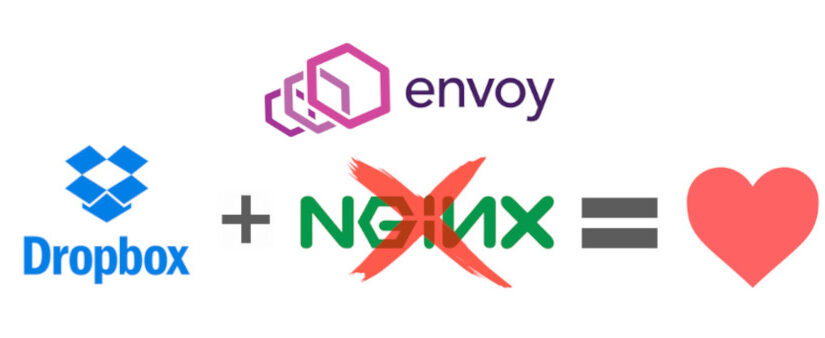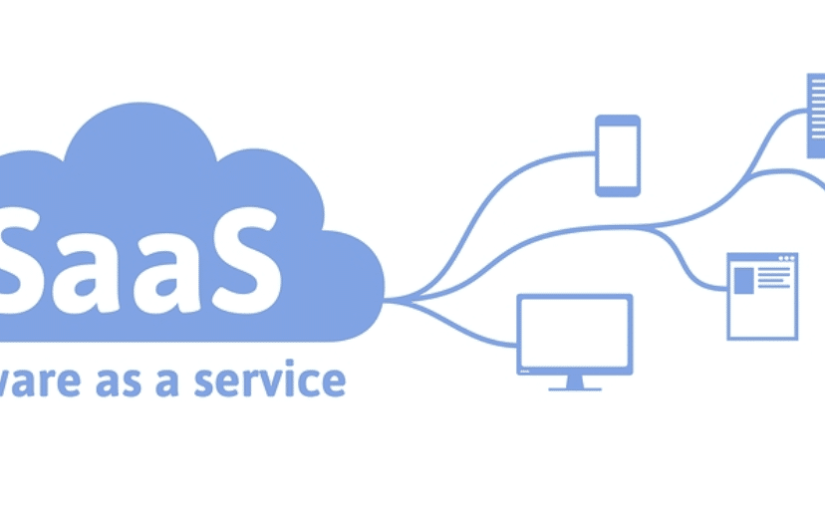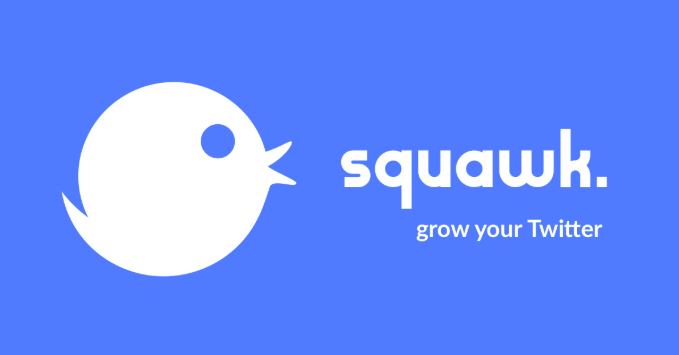Sometimes during the testing of REST API with curl in the command line, we need to process JSON from the response to present it in readable format or check a specific key or value. I used jq utility for that purpose and didn’t pay too much attention to how powerful it can be:
curl https://mysuperapi.com/superendpoint | jq
Recently, I found this article showed many cool examples of using jq. For example, to get a list of all sensors from this JSON:
[
{
"name": "Station1",
"location": "Centerville",
"sensors": ["temperature", "humidity"]
},
{
"name": "Station5",
"location": "Anytown",
"sensors": ["temperature", "humidity", "rainfall", "wind_speed"]
}
]
the following command can be used:
curl https://mysuperapi.com/superendpoint | jq -r '.[] .sensors[]'
The result will be like this:
temperature humidity temperature humidity rainfall wind_speed






